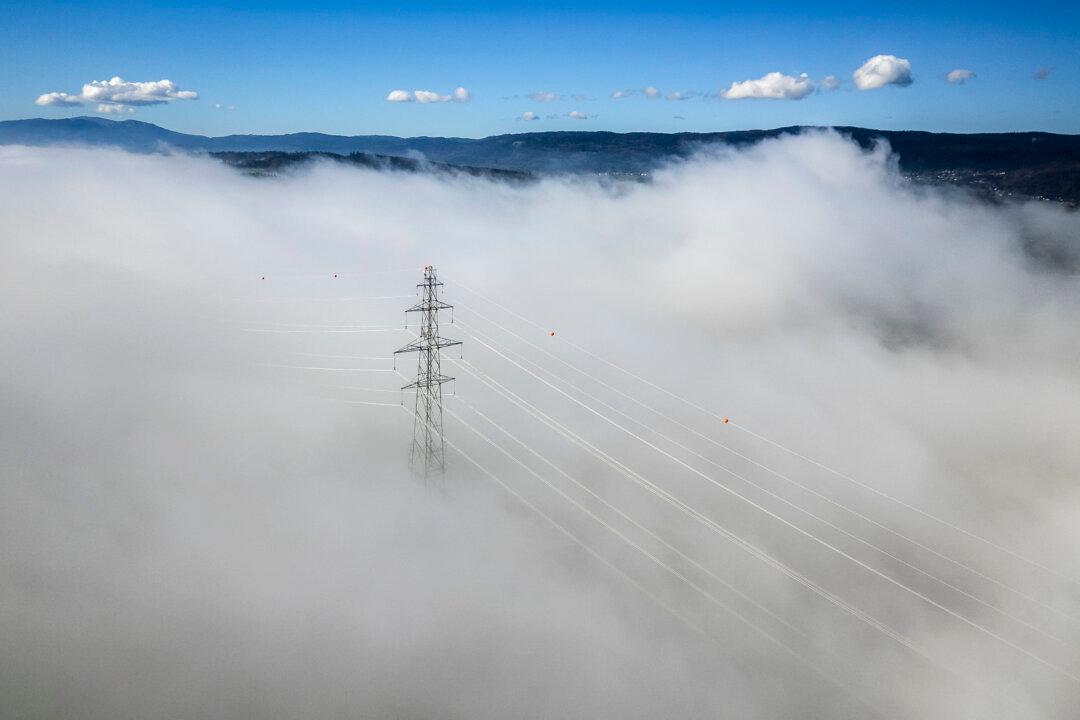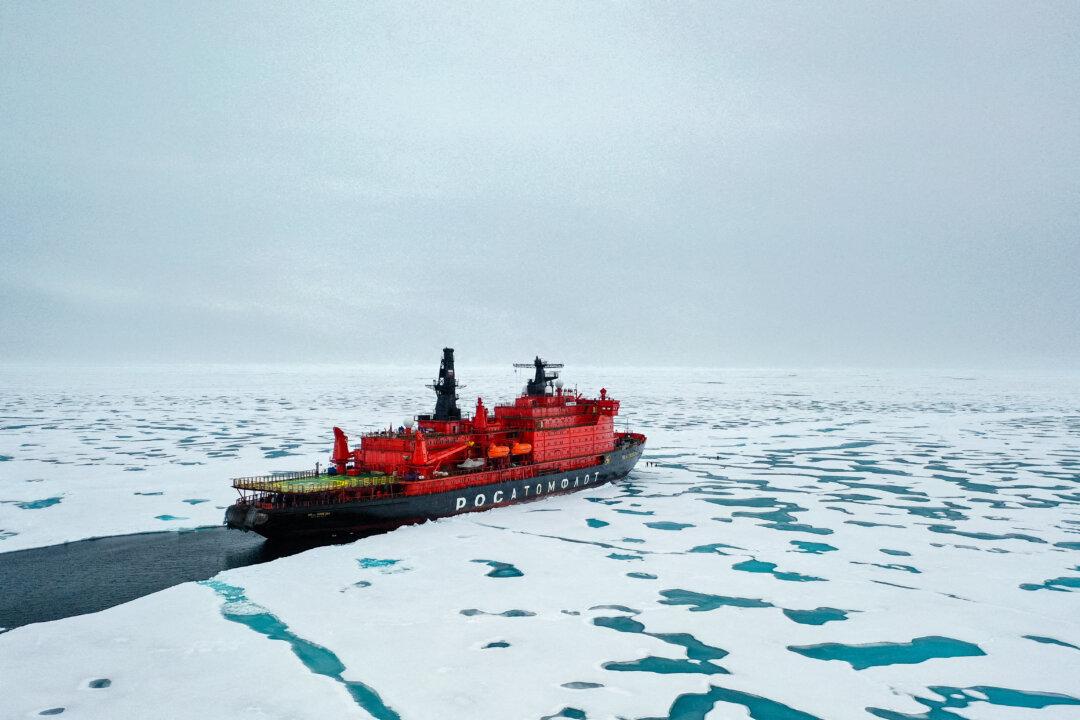Europe’s ambition to reach net zero emissions by 2050 hinges on ramping up solar and wind power, potentially tripling the amount of electricity crackling through the power grid.
However, its grid is a network built for steady, centralized, coal-fired power. Turning this into one capable of managing vast, intermittent flows is the biggest engineering challenge since its inception.





